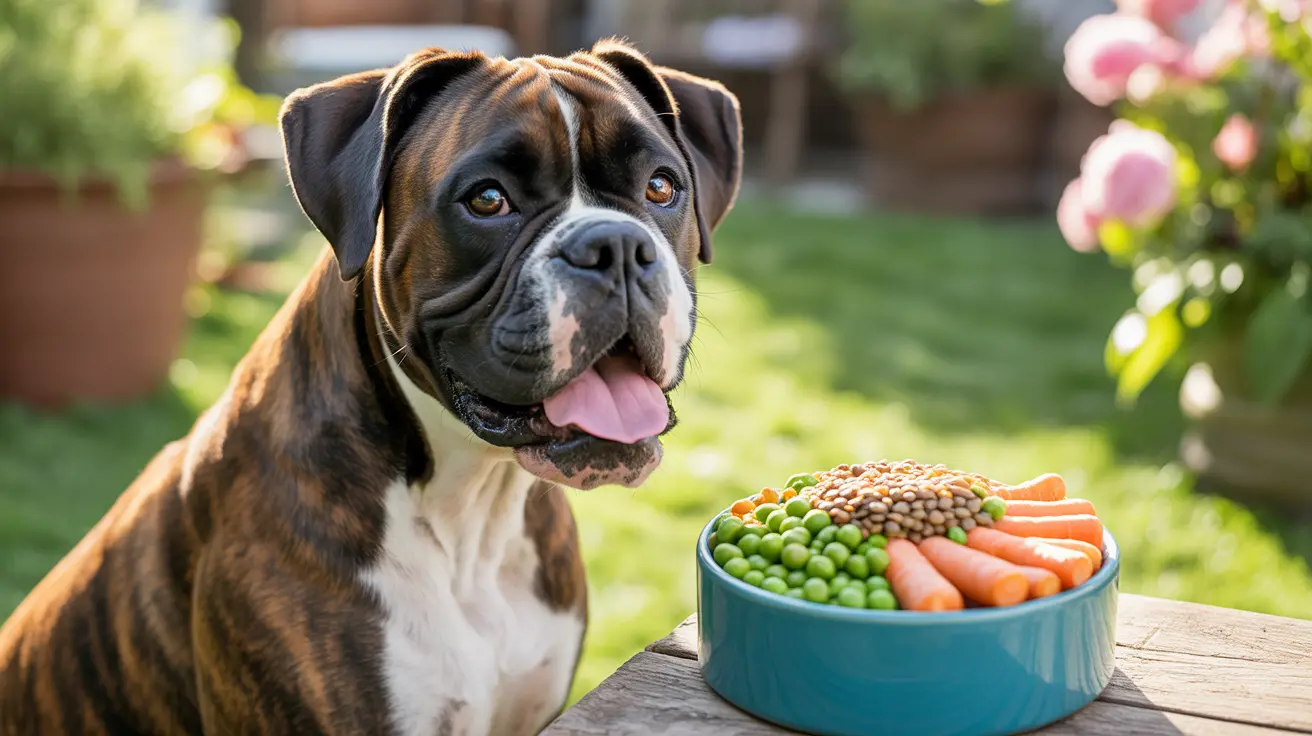Hairless Dog Breeds: Unique Companions with Bare Skin
Hairless dogs are a fascinating category of canine companions known for their minimal or completely absent coats. These breeds have emerged through unique genetic mutations that influence coat development — either as a dominant or recessive trait. While their appearance is distinct, these dogs offer more than just a hair-free body; they bring companionship, character, and in some cases, reduced allergens.
What Causes Hairlessness in Dogs?
Hairlessness in dogs is generally caused by a mutation in the FOXI3 gene. This dominant allele often leads to ectodermal dysplasia, which affects other skin-associated traits. There are also recessive forms of genetic hairlessness, such as in the American Hairless Terrier.
Recognized Hairless Dog Breeds
- Chinese Crested Dog: Comes in two varieties — hairless and powderpuff. The hairless type has tufts of fur on the head, tail, and feet. They're lively, affectionate, and social. Size: 11–13 inches, 8–12 pounds. Life span: 13–18 years.
- Xoloitzcuintli (Mexican Hairless): An ancient Aztec breed in three sizes — toy, miniature, and standard. Loyal, calm and body hair can range from absent to light coated. Size: 10–23 inches, 10–55 pounds. Life span: 13–18 years.
- Peruvian Inca Orchid: From Peru, mostly hairless with possible small fur tufts. Intelligent, affectionate, and protection-oriented. Size: 9.75–25.75 inches, 8.5–55 pounds. Life span: 10–14 years.
- American Hairless Terrier: Energetic and outgoing, developed from Rat Terriers in the U.S. Most are completely hairless. Size: 12–16 inches, 12–28 pounds. Life span: 14–16 years.
Other Notable Hairless Breeds
- Argentine Pila: Found in Argentina, affectionate and rare. Three size categories with smooth skin.
- Hairless Khala: Native to Bolivia, calm and cautious with strangers, similar to Xolo and Peruvian breeds.
- Jonangi: Originating in India, has a nearly invisible coat. Known for loyalty and guarding instincts.
- Abyssinian Sand Terrier: Also known as the African Hairless Dog, extremely rare with varied fur tufts or complete hairlessness.
- Ecuadorian Hairless Dog: Athletic and affectionate, native to Ecuador with high care needs.
How to Care for Hairless Dogs
No fur doesn't mean no care — in fact, hairless dogs often require more intensive skincare than their furry counterparts. Here are key factors to consider:
- Sun Protection: Hairless breeds sunburn easily. Use dog-safe sunscreen and protective clothing if outside for long periods.
- Temperature Control: In winter, provide sweaters or jackets to maintain body warmth.
- Skin Hygiene: Weekly baths are often needed to prevent clogged pores or acne. Moisturize dry areas regularly.
- Health Monitoring: Watch for redness, lesions, or infections. Regular vet checks can catch skin issues early.
Hairless Dogs and Allergies
Because they produce little to no coat, hairless dogs shed less dander, a common pet allergen. While this can benefit allergy sufferers, it's important to remember that allergens are primarily in saliva and urine proteins — not fur. It’s a good practice for prospective owners to spend time with the breed before deciding.
Personality and Temperament
Hairless breeds are often described as affectionate, alert, and intelligent. Here’s a summary of popular types:
- Xoloitzcuintli: Protective and calm, with ancient roots and strong bonds with family.
- American Hairless Terrier: Energetic, playful, and loves mental challenges.
- Chinese Crested: Cheerful and sociable, exceptional as a companion dog.
- Peruvian Inca Orchid: Rare and highly intelligent, ideal for close human interaction.
Is a Hairless Dog Right for You?
Hairless dogs offer unique beauty and companionship but come with distinct care needs. If you're considering adopting one:
- Research the breed’s temperament.
- Prepare for dedicated skin care.
- Experience time with the breed to assess allergic response.
- Commit to regular checkups and environmental protection efforts.
Each breed brings its own charm, and with proper care, hairless dogs can be loyal, affectionate, and low-shedding companions perfect for a variety of households.





